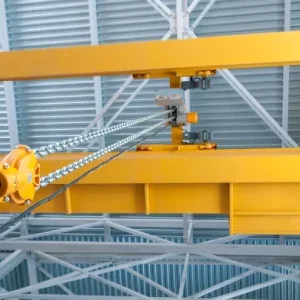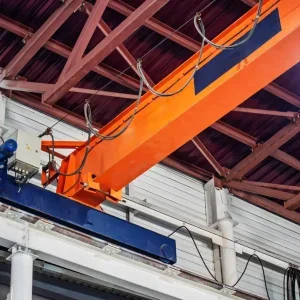“China is a growing market, and we have plans to expand our presence and sell to industrial distribution, which sells on to end users. This is the same model that we use in the US,” Librock says.
“China is a very large country, so you have to carve it into manageable chunks. There are cultural differences. It is a lot harder – there is no common alphabet. But it is ultimately the only country that is consistently returning growth of 9-10% every year.
“We are hiring a sales team for China to work with industrial distribution. We are using the traditional model of hiring direct salespeople to call on distribution customers. It’s the same as in Mexico, Brazil, or any new market. Last year we started setting up the sales force, and in another year or 15 months we will have good staff levels.”
Despite the similarity of approach, the Chinese buy in a very different way than customers in the USA, Librock says. “Industrial distribution in China is not anywhere near as sophisticated as in the US or the EU. The market is fragmented and not as mature,” he says. Distributors can be as simple as a storefront business, or as complex as the two major US distribution firms currently operating in China: W. W. Grainger and IDG, the Industrial Distribution Group.
“What’s starting to appear is that Chinese companies are starting to become more efficient, to increase their productivity, mainly the Western companies and Japanese joint ventures,” he says. “They are saying, we need to buy new material handling products, they contact IDG, who sends out a salesman.”
It is at that point where the Chinese distributors need help, says Craig Johnston, international sales director. “A lot of business activity of distributors goes to very basic product applications. There is a whole learning curve that the Chinese need to go through to specify and use products. Chinese customers are relying on [industrial distributors like W. W.] Grainger to specify products for an application. Salespeople in China don’t necessarily know the applications. It is a whole new environment.”
Ned Librock says that the traditional Chinese approach does not help solve modern material handling issues. “What is not well-understood is application engineering, taking a look at how to reengineer a materials handling problem. The traditional Chinese way to deal with the problem is to throw people at a problem. These products – power tools, below-the-hook lifters – are very different.
“Of course not all of China is ready for all of our products. There are some customers that are continuing to throw people and putting in a pulley to get things done. We are selling all of our hand hoists and chain hoists, and also electric chain hoists and wire rope hoists.”
Librock says that CM is making people available in the USA to train Chinese customers.
Johnston admits that in a market where new Western products rain down on industrial distributors, equipment as specialised as hoists might not grab the attention of industrial distributors as might a new screwdriver. “Material handling equipment is not in their top five product categories, but they want to have a leading brand name in their product mix. Most of the larger distributors we have a strong relationship with.”
CM’s base of operations in China is its Hangzhou plant in Zheijiang province, near Shanghai, where it employs 300 people. It also has a central customer service centre that performs repairs.
It is at this facility that components for a new wire rope hoist will be made. “We have historically manufactured hoists to a US ANSI standard,” Librock says. “What we are going to produce in early 2006 is a wire rope hoist designed to European FEM standards. It will be manufactured partly in Muskegon, Michigan, USA and some components will be manufactured in China. The goal is that it will be assembled in major markets around the world. It is intended to support all the crane builders worldwide.”






